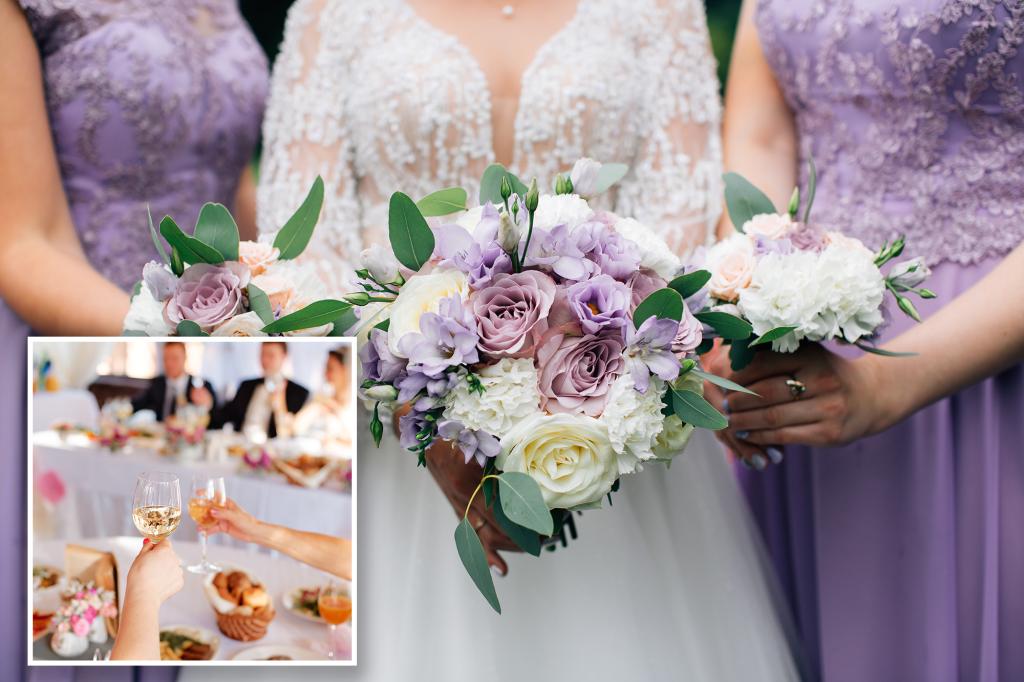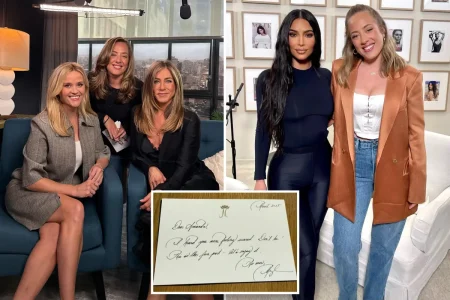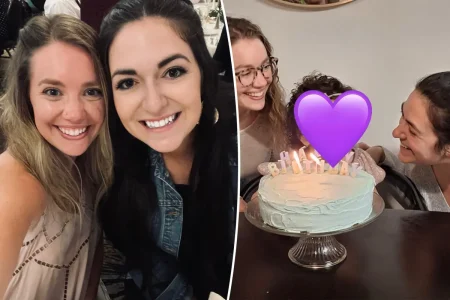When Wedding Dress Codes Go Too Far: A Bridezilla’s Demands Spark Debate
In the realm of wedding planning, a recent incident has ignited a heated online discussion about the boundaries of bridal expectations. A woman, quickly labeled a “bridezilla” by internet commenters, issued a remarkably detailed dress code for her wedding guests that has many questioning whether such demands cross the line from preference to imposition. The controversy centers around a guest—who happens to be married to the groom’s cousin—who found herself in a predicament when she realized her planned outfit violated the bride’s extensive color restrictions. With only a month before the ceremony, she turned to social media for help finding a plus-size dress that would comply with the bride’s specific guidelines.
The invitation in question outlined a surprisingly specific color palette that guests were forbidden from wearing: black, white, ivory, red, gold, champagne, teal, and orange. Instead, attendees were instructed to choose from “deep forest greens, olive green, mauve, navy blue, and earthy neutrals.” But what truly raised eyebrows was the closing statement that warned, “Any inappropriate attire will be asked to leave and escorted off the property.” This threatening tone struck many as unnecessarily harsh and has become the focal point of criticism. The guest’s simple request for shopping recommendations opened a floodgate of opinions about whether such specific dress codes are reasonable expectations for wedding guests, especially with the added complication of finding plus-size options within such narrow parameters.
Online reactions to the bride’s demands were overwhelmingly negative, with many commenters calling out what they viewed as controlling behavior that prioritized aesthetics over guest comfort and inclusion. “Your wedding is not that important. Nobody cares about the colors and you aren’t even going to look at the pictures as much as you think you are. Stop being so awful to guests over something so trivial,” one particularly pointed comment read. Others specifically addressed the difficulty faced by plus-size women, noting that finding formal attire is already challenging without adding color restrictions. “Because shopping for a dress as a plus size woman isn’t hard enough, now she has to follow color restrictions? Straight size people have no idea how difficult it is to find something specific like that. My heart goes out to the guest,” wrote one sympathetic commenter, highlighting an accessibility issue that the bride seemingly failed to consider.
The discussion expanded beyond this specific incident, with many sharing their own experiences with overly demanding wedding hosts. One person described a bride who requested guests wear blues, pinks, and lavender in formal styles for a farm wedding—a combination of formality and color coordination that struck many as impractical. A common sentiment emerged that if couples insist on such specific attire requirements, they should consider the financial burden this places on their guests. “If you want to have a dress code this strict, you should be prepared to pay for new attire for your guests to fit your photoshoot,” suggested one commenter, pointing to what many see as the heart of the issue: prioritizing picture-perfect social media moments over guest comfort and inclusion. This perspective was echoed by another who wrote, “Alienating your guests for maybe one photo where the crowd looks co-ordinated is weird. No one is going to remember your Instagram post, but they will remember being threatened with removal over what color they wore.”
The incident reflects broader cultural tensions surrounding weddings in the social media age, where the pressure to create visually stunning, shareable moments sometimes overshadows the relational aspects of the celebration. Some commenters specifically identified what they saw as “social media obsession” driving these kinds of demands, suggesting that couples are increasingly “doing it for the ‘gram” rather than focusing on the meaningful aspects of their ceremony and reception. This shift represents a fundamental change in how some couples approach wedding planning—treating guests more as props in a production rather than honored participants in a significant life event. The controversy highlights the delicate balance between a couple’s desire to shape their special day according to their vision and the respect and consideration owed to those they’ve invited to share in their celebration.
While most commenters took issue with the bride’s approach, some noted that having a dress code itself wasn’t the problem—rather, it was the threatening tone and extreme specificity that crossed a line. “That last sentence is over the top,” observed one commenter, referring to the warning about being escorted from the property. “I wouldn’t want to be friends with someone who treats people that way.” This perspective suggests a middle ground: couples can express preferences for guest attire, but should do so with grace and an understanding that their wedding day, while special, doesn’t justify imposing undue hardship or making threats to their loved ones. As wedding traditions continue to evolve, this incident serves as a reminder that at the heart of any celebration should be not just beautiful aesthetics, but the relationships being honored and the community gathered to witness them.















